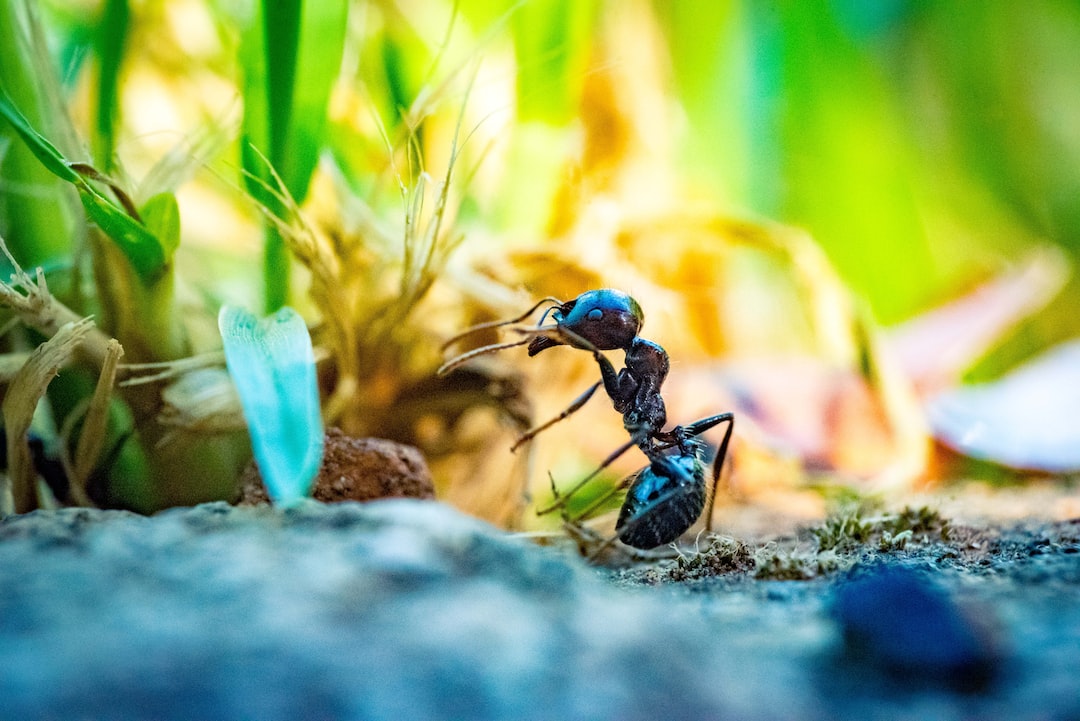Uncovering the Secrets of Animal Migration: Why Do They Travel So Far?
Imagine a tiny bird, weighing no more than a few grams, embarking on an epic journey of thousands of miles. How does it navigate through unpredictable weather, rugged terrains, and vast expanses of open oceans to reach its destination? The phenomenon of animal migration has fascinated scientists and nature enthusiasts for centuries, as they strive to unlock the secrets behind these incredible journeys.
Migration refers to the seasonal movement of animals from one area to another, often in search of food, breeding grounds, or warmer climates. Birds, mammals, fish, insects, and even some reptiles exhibit this remarkable behavior. Despite the diverse range of species engaging in migration, scientists have discovered several common patterns and theories that shed light on the motivations behind these extraordinary journeys.
One of the primary reasons animals migrate is for food. As winter approaches in many parts of the world, food becomes scarce due to harsh weather conditions and a lack of vegetation. To survive, animals instinctively move to more favorable regions where food is abundant. Take, for example, the Arctic tern, a bird that holds the title for the longest migration route. Every year, these birds travel from the Arctic region to the Antarctic, covering a distance of about 44,000 miles. They follow the summer season to ensure access to abundant food sources, such as krill and small fish. Similarly, wildebeests in Africa undertake a massive migration in search of fresh grazing pastures. By following the rainfall, they travel hundreds of miles, synchronizing their movement with the growth of new grass.
Another crucial motivation for migration is procreation. Animals travel vast distances to find suitable breeding grounds, ensuring the survival of their species. Sea turtles, for instance, exhibit an incredible instinct to return to the beach of their birth to lay their eggs. Female turtles travel thousands of miles across vast oceans to reach precisely the same spot. This phenomenon mystified scientists until they found evidence that the earth’s magnetic field guides the turtles, serving as their internal GPS. By sensing the unique magnetic signature of their birthplace, they can return to the exact location, despite facing numerous obstacles along the way.
Migration can also be triggered by environmental factors that animals must adapt to survive. For instance, the migration of salmon is driven by the need to lay eggs in freshwater streams while avoiding predators. Salmon undergo remarkable physical transformations as they switch from a life in the ocean to swimming upstream against strong currents, navigating waterfalls, and leaping over obstacles. They follow a powerful sense of smell that helps them locate their birth streams, ensuring that their offspring have the best chance of survival.
While scientists have made significant advancements in uncovering the secrets of animal migration, many mysteries remain. How do certain birds possess an innate sense of direction when they have never made the journey before? How do animals navigate over great distances without getting lost? These questions continue to drive researchers to seek answers and comprehend the intricate mechanisms behind these journeys.
Understanding animal migration is not only crucial for scientific knowledge but also for conservation efforts. As climate change and habitat destruction threaten many species, their migration routes and breeding grounds are at risk. By comprehending and protecting these vital areas, humans can play a pivotal role in ensuring the survival of these extraordinary travelers.
In conclusion, uncovering the secrets of animal migration is a captivating field of study that reveals the marvels of the natural world. From food availability and breeding to environmental factors, animals embark on astonishing journeys driven by instinct and survival. As scientists gradually reveal the mechanisms behind migration, we must appreciate and protect these extraordinary phenomena, ensuring the preservation of the diverse animal kingdom for generations to come.

